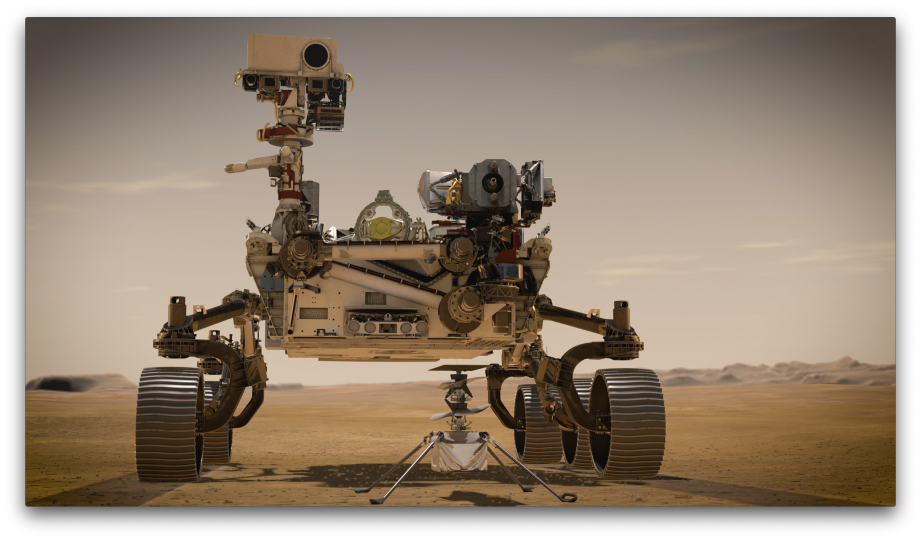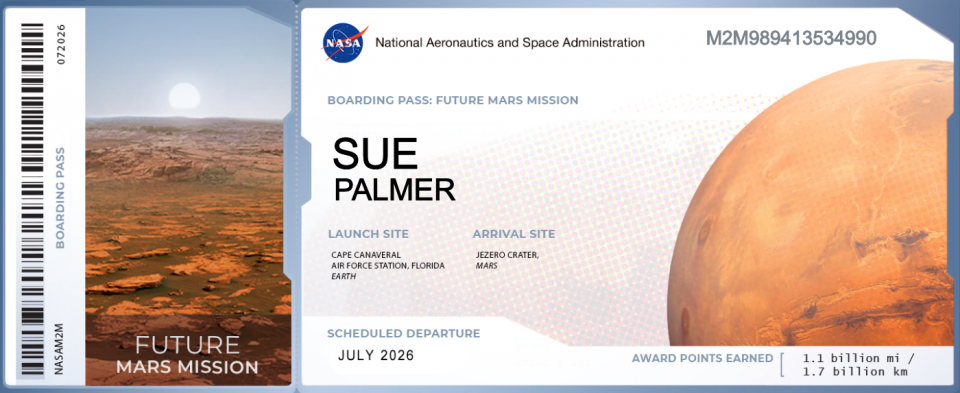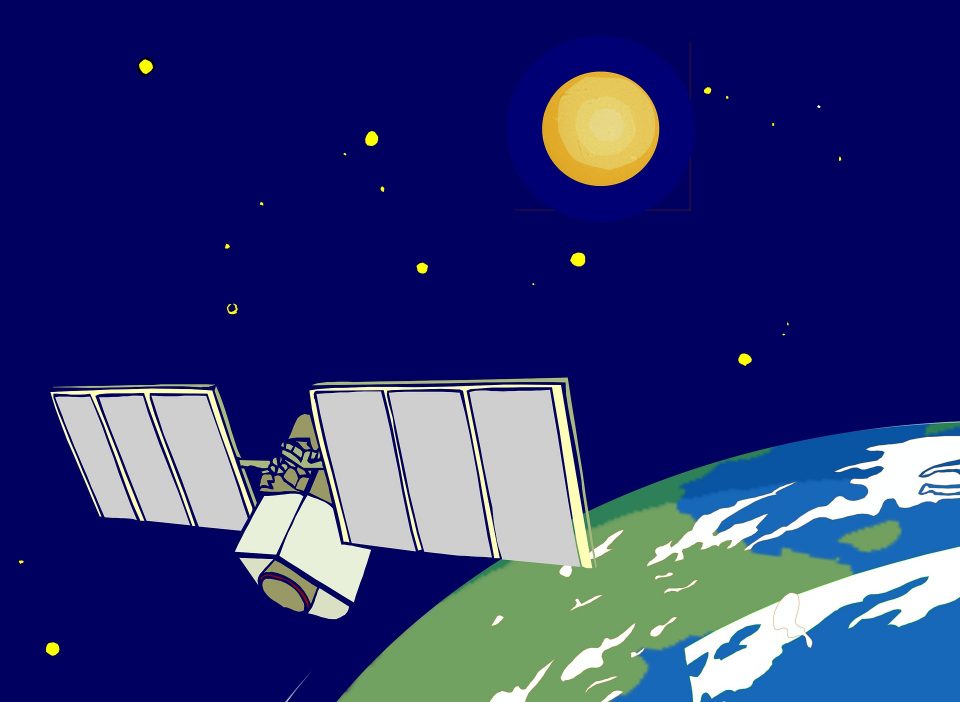Perseverance Rover searches for life on Mars
NASA hopes to get one step closer to answering the question about life on Mars when they launch the new car-sized Perseverance rover on its 33 million mile journey to the Red Planet on the 30th July.
The Perseverance rover received its name as a result of NASA’s ‘Name the Rover’ essay contest, which received 28,000 entries from middle school students from every U.S. state and territory.
Alexander Mather, a 13-year-old student from Virginia, submitted the winning name and said, “This was a chance to help the agency that put humans on the Moon and will soon do it again. This Mars rover will help pave the way for human presence there and I wanted to try and help in any way I could. Refusal of the challenge was not an option.”
Perseverance is the latest in a line of Mars rovers that have been named by school-age children. From Sojourner in 1997 to the Spirit and Opportunity rovers, which landed on Mars in 2004, to Curiosity, which has been exploring Mars since 2012. Each name was chosen following a nationwide competition.

Artist impression of the Perseverance rover 2020. NASA gallery
After its launch on the 30th July, the Perseverance rover will take seven months to reach its Mars landing site – a 28-mile-wide crater on the western edge of Isidis Planitia, a giant impact basin just north of the Martian equator.
The crater was named the Jezero Crater by the International Astronomical Union in 2007. They have traditionally named craters with scientific importance after small towns and villages of the world. Jezero is situated on the Veliko Plivsko Lake entrance to the Pliva River in Bosnia and Herzegovina.
Like its Earthly namesake, the Red Planet’s Jezero Crater was once home to a river-fed lake. Mars 2020 scientists believe this ancient river delta could have collected and preserved organic molecules and other potential signs of microbial life from the water and sediments that flowed into the crater billions of years ago.
With a drill that is able to collect core samples of rock and soil, the Perseverance rover will leave its samples on the surface of Mars ready to return them to Earth during a future mission.
As well as collecting samples of Mars soil and rock, the mission also aims to:
- Test a method for producing oxygen from the Martian atmosphere (which is 96% carbon dioxide)
- Identify other resources (such as water)
- Research landing techniques
- Identify other environmental conditions, such as weather and dust that could affect the ability of astronauts to live and work on Mars.
The Perseverance rover and other parts of the Mars 2020 spacecraft feature 23 cameras which will be able to bring us images of the landscape and scientific finds in amazing definition. For the first time we will get a real sense of the Red Planet and what it’s about.
The Perseverance rover’s design is largely based on the 2012 Mars rover Curiosity. It can travel between 3 and 12 miles, depending on the terrain, due to its enhanced wheel design, has a drill for coring samples from rock and soil and has an ingenious new way of storing and preserving samples until they can be returned to Earth.
Part of NASA’s ‘Moon to Mars’ programme, the Perseverance rover will help us prepare for future human exploration of Mars, testing ways of using Mars’s natural resources to support human explorers and improve designs for life support, transportation, and other important systems for living and working on Mars.
If you would like to play a small part in our exploration of Mars, you can apply for you own ‘boarding pass’ to send your name to Mars on the next mission in 2026!

Get your own boarding pass for NASA’s 2026 mission to Mars
If you’d like to read more about our future plans for space exploration or enjoy some fabulous children’s fiction about space, Toppsta has put together its top 50 space books all in one place including May’s Moon.







